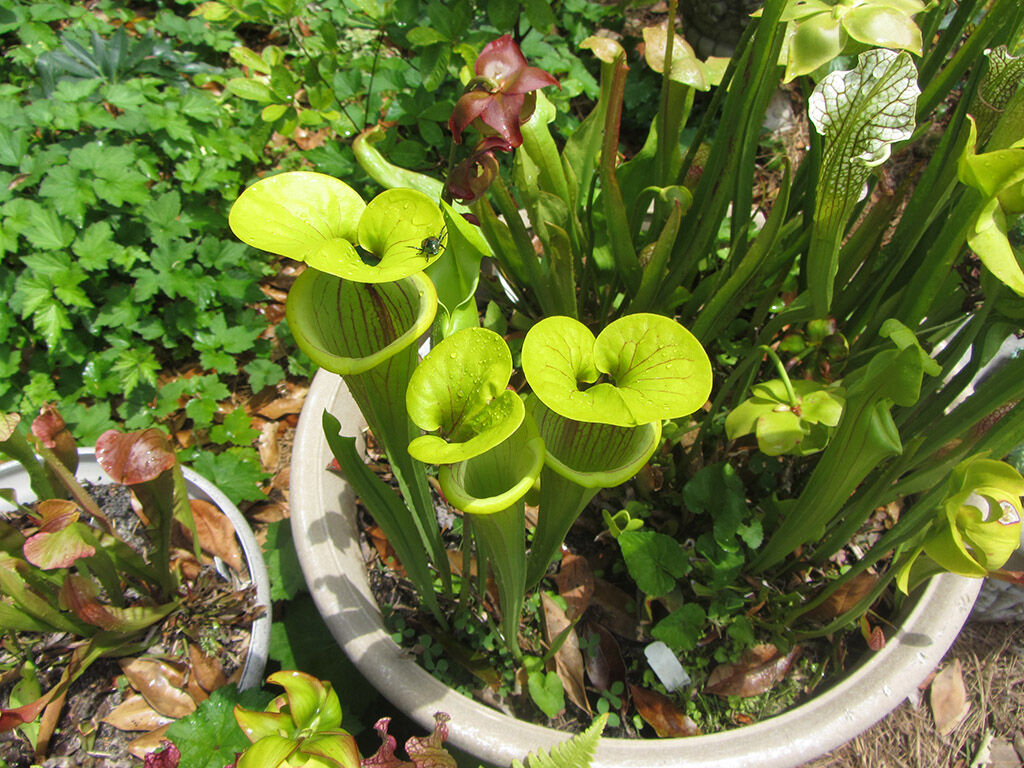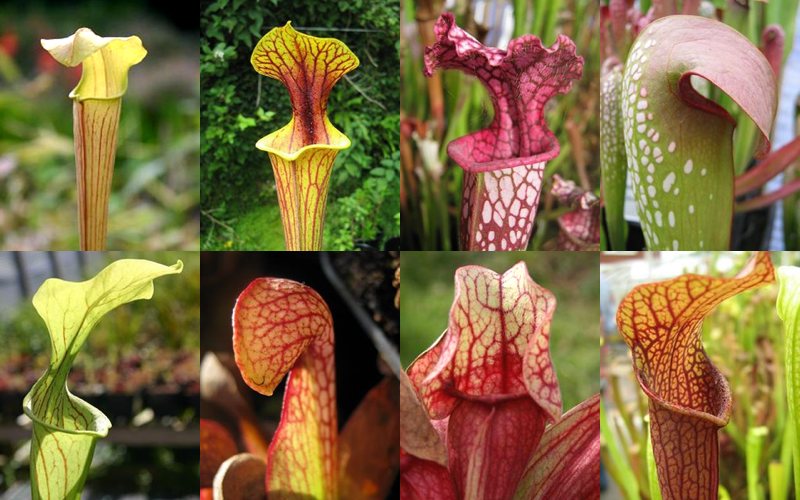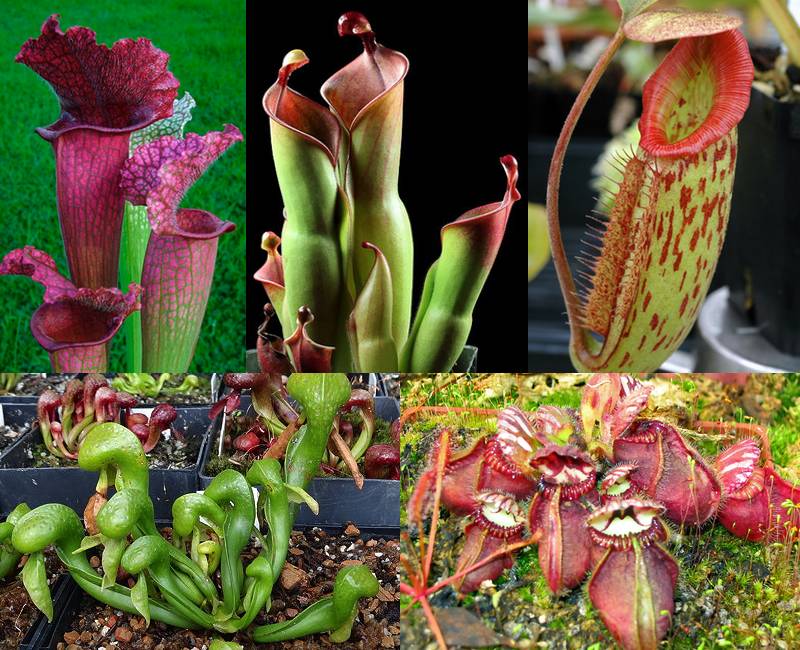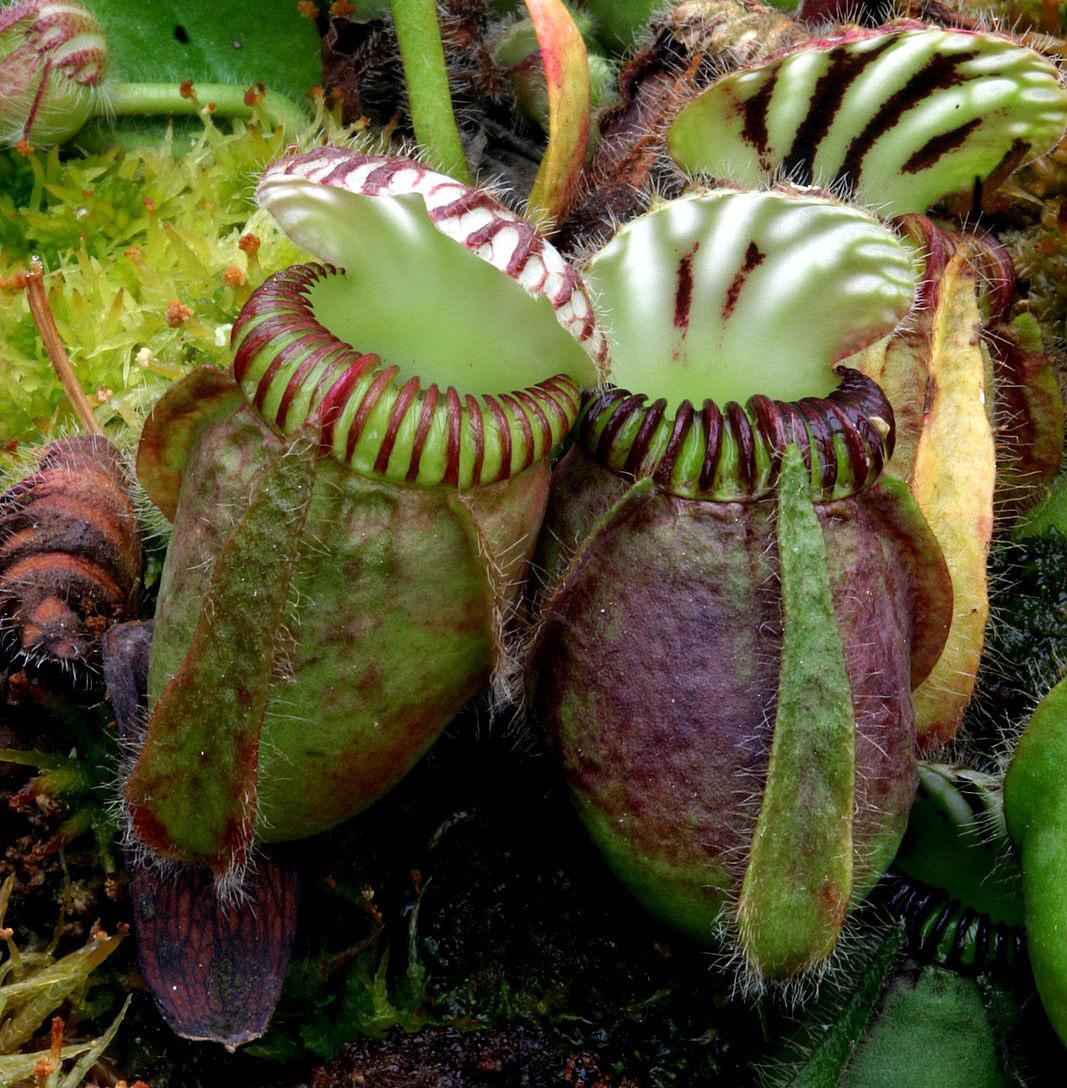Repotting Insect Eating Plants
Common miners are the larvae of some flies wasps moths and sawflies. For example miners are insect larvae that eat between plant cell layers.

Growing Insect Eating Plants Indoors Better Homes Gardens
Insect-eating plants need bright light to grow properly.
/GettyImages-1158775736-5a88a40ee77b46a2ae81f1bbc9fcd5a2.jpg)
Repotting insect eating plants. Encourage beneficial insects in your garden which feed on the kind of bugs that chew up green bean plants. Pinguicula or butterworts are a group of carnivorous plants that use sticky glandular leaves to lure trap and digest insects. The pot must absolutely be holed at the bottom to avoid having the roots stagnate in water.
If your plant is strong enough a good blast with a hose can work well to physically knock them away. There are certain plants that will deter insects from eating your crops if you plant them close by. The planting repotting care watering and pruning of kumquat are steps to take to grow a very nice plant.
Eating tough plant tissue using chewing. Carnivorous plants such as pitcher plants and venus fly traps need repotting to provide extra room for the roots to grow and to provide extra nutrients to support plant growth. Spray your plants diligently with insecticide as sucking insects can breed so rapidly a single application often isnt enough.
A leaf miner may eat the entire leaf leaving only the outer protective layers and the veins. The nutrients from the insects supplement the poor mineral content of the soil. Once theyre gone for the moment spray down the plants with a homemade insecticidal soap.
Be careful and do not overdo it. A great recipe for a homemade bug spray for vegetable plants is to use one tablespoon of dish soap one cup of vegetable oil one quart of water and one cup of rubbing alcohol. Lavender keeps out fleas moths and mosquitoes and the roots of a marigold produce a chemical thats toxic to roundworms.
Planting and repotting kumquat Planting kumquat in pots. If your plants are potted inside a glass terrarium or fish tank keep them out of direct sunlight so the. Mining activity appears on the plant as tunnels blotches or blisters.
Chrysanthemums contain organic pesticides and can be grown in your garden with your other crops or around the border. Most carnivorous plants live in swampy conditions and should always be kept wet preferably sitting in a bowl of rainwater but tap water is also fine. Do not force feed your carnivorous plants.
Use a new pot or thoroughly clean your old pot with soapy water. There are roughly 80 species that can be found throughout North. If repotting your plant check what soil type they require and pot accordingly.
It is recommended to plant kumquat in a blend of soil mix preferably enriched with fertilizer. Plant flowers such as yarrow dill and. Avoiding tough plant tissue by eating soft internal tissue.
Freeze-dried insects from a pet shop or a culture of wingless fruit flies provide an excellent source of nutrition. Slugs and snails will also feast on your plant leaves. These can normally be controlled by making the area less comfortable for them such as placing crushed eggshells around your plants.
Grow the plants in such a way that they have natural access to insect prey. Carnivorous plants grown with no insect supplemental feedings will not flourish. Indoors place insect-eating plants in an east- or west-facing window that gets at least 1 to 2 hours of sun.
Run the plants stems leaves and roots over running water to eliminate as much of the soil and as many of the insects as possible.

Invasion Of The Flesh Eating Plants Home Garden Annistonstar Com

Growing Insect Eating Plants Indoors Better Homes Gardens

10 Tips For Growing Carnivorous Plants Bbc Gardeners World Magazine

Transplanting And Repotting Nepenthes Carnivorous Plant Resource

Carnivorous Plants Feeding And Eating Lots Of Insects Youtube

Venus Fly Trap Dionaea In 3 In Brown Pot Lphvft3in The Home Depot Venus Fly Trap Fly Traps Diy Fly Trap

Repotting Carnivorous Plants Lets Pot Up My New Nepenthes Pitcher Plants Youtube

How To Grow Pitcher Plants A Beginner S Guide To Sarracenia

9 Easy Steps To Repot A Venus Flytrap E Agrovision
The Carnivorous Plant Faq About Transplanting Carnivorous Plants

New To Carnivorous Plants Start Here Tom S Carnivores

Growing Pitcher Plant Pitcher Plant Insect Eating Plant

Cephalotus Follicularis Flytrapcare Com

Transplanting And Repotting Nepenthes Carnivorous Plant Resource

Repotting Our Carnivorous Plants Youtube
:max_bytes(150000):strip_icc()/GettyImages-595363213-d7240b697a044ba8b4f5153fff342321.jpg)

:max_bytes(150000):strip_icc()/carnivorous-plant-varieties-4159595-hero-48832499ccfc4d6bb7c9fe64176da493.jpg)
Post a Comment for "Repotting Insect Eating Plants"